
WGIN reaches 2,000 followers on LinkedIn! Thank you!
An immense THANK YOU to each of our 2,000 WGIN followers on LinkedIn! We are happy to announce that the World Green Infrastructure Network (WGIN)

An immense THANK YOU to each of our 2,000 WGIN followers on LinkedIn! We are happy to announce that the World Green Infrastructure Network (WGIN)

After two successful editions, WGIN’s European Green Infrastructure Day (#EGIDay) was back on 27 April 2023 for another day full of insightful discussions about green
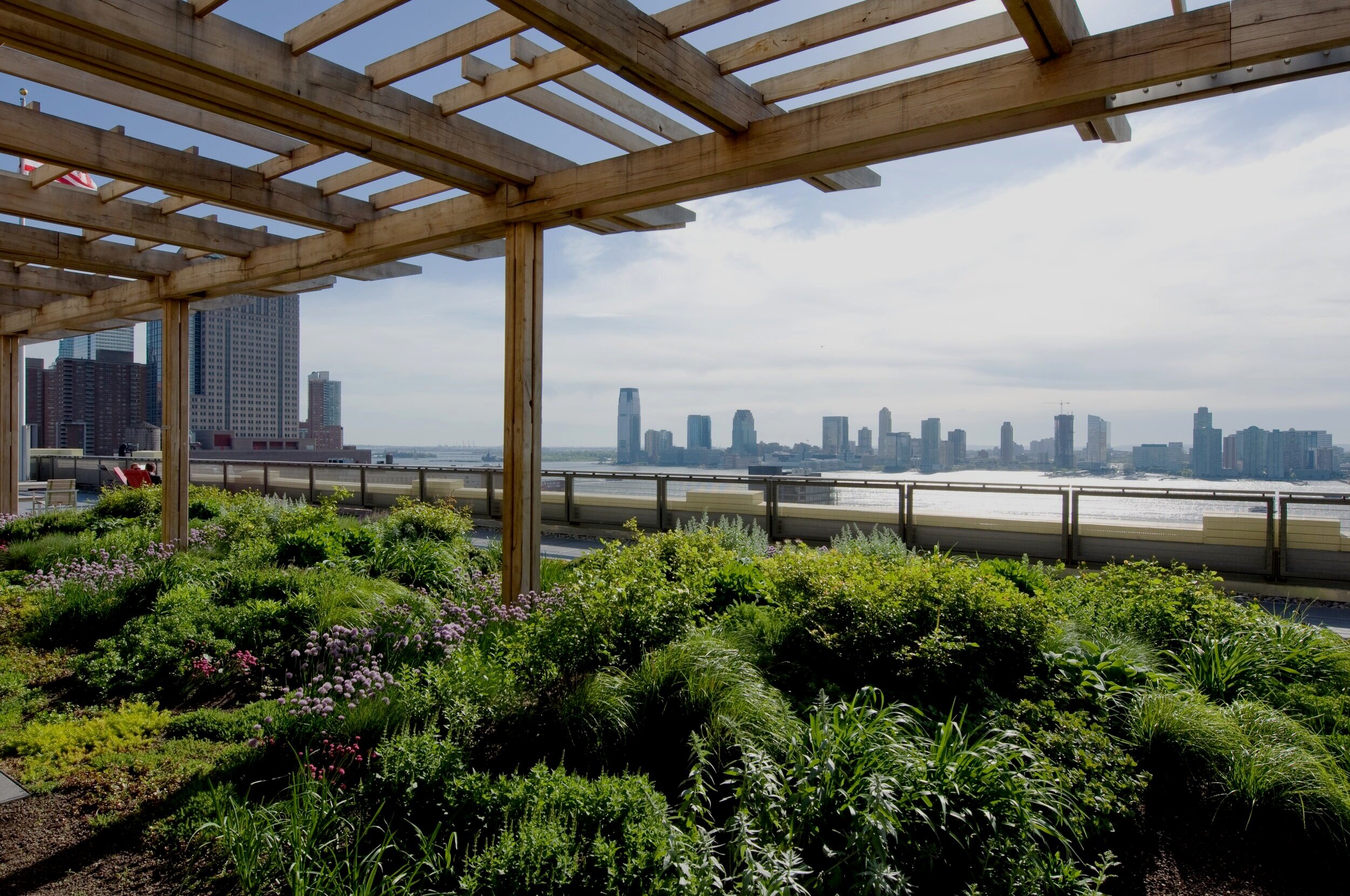
Learn how to plan & design efficient blue-green systems to mitigate the effects of urbanization and the economic justifications to invest in blue-green technologies. Blue-Green
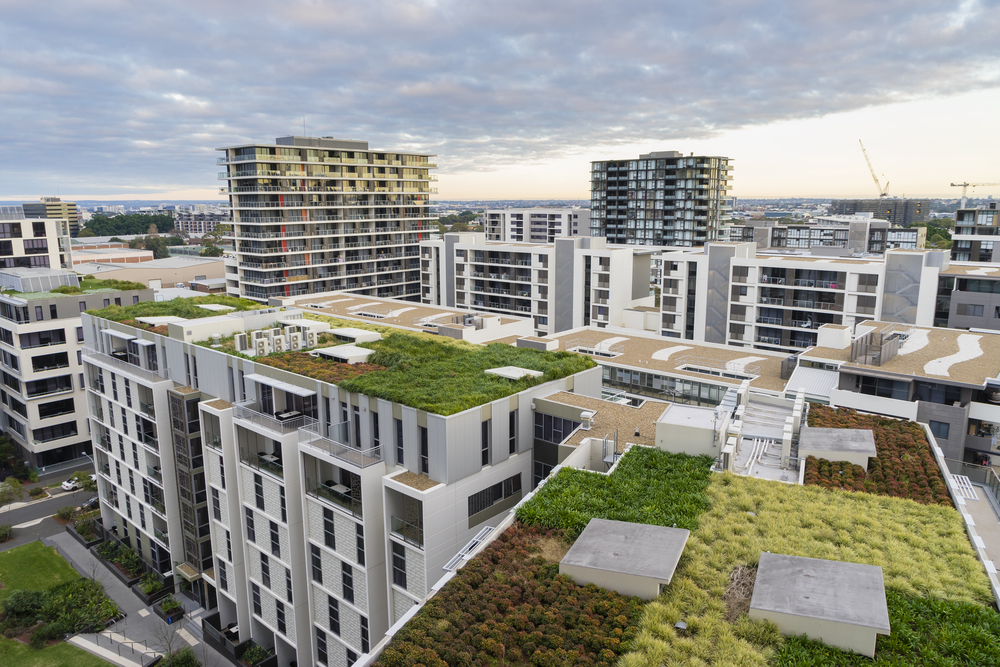
The World Green Infrastructure Congress (WGIC), took place 27-29 June, 2023 in Berlin & online. After six years, the World Green Infrastructure Congress 2023 (WGIC)
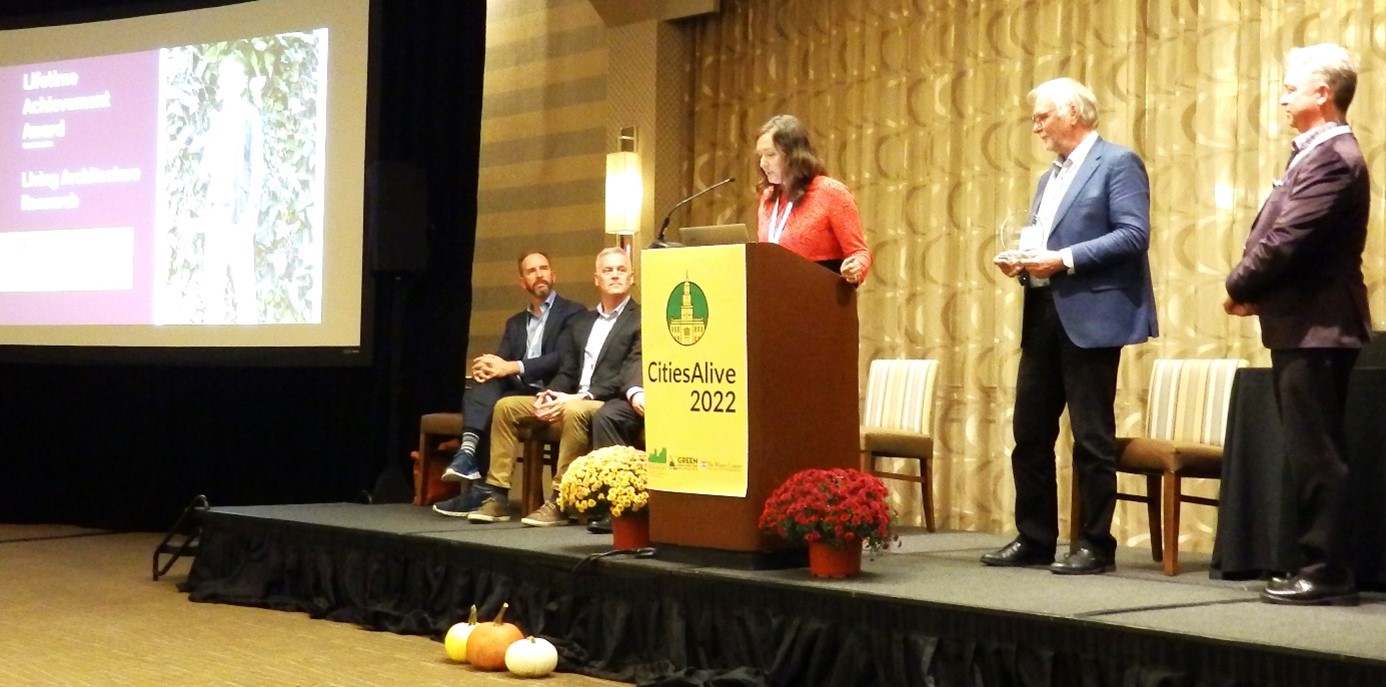
click for more
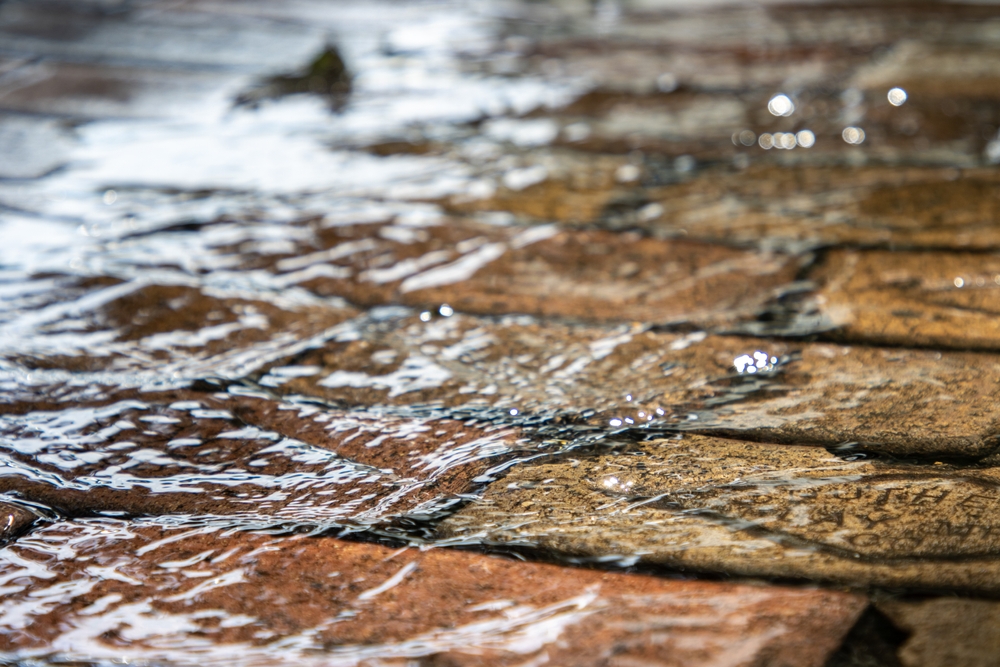
Investments in urban green infrastructure is the solution to extreme weather events, writes Luigi Petito for Living Architecture Monitor. The good thing is that

Green and blue infrastructure give an essential contribution to urban biodiversity, writes Luigi Petito in the Summer edition of Living Architecture Monitoring. On June 22,
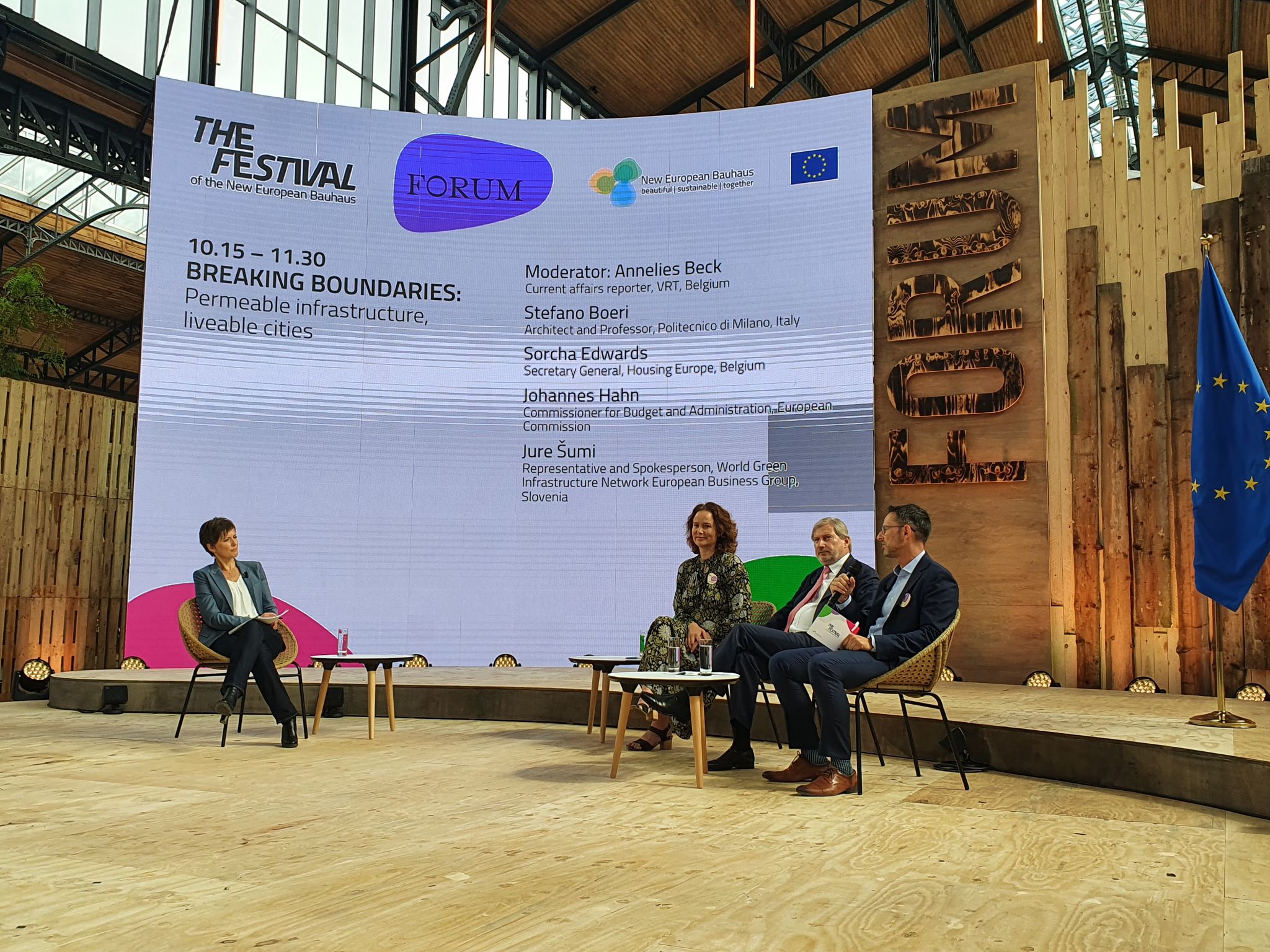
Municipalities need to act as ‘moderators’ and involve the local community in urban planning, suggests WGIN board member Jure Šumi. This is the way to
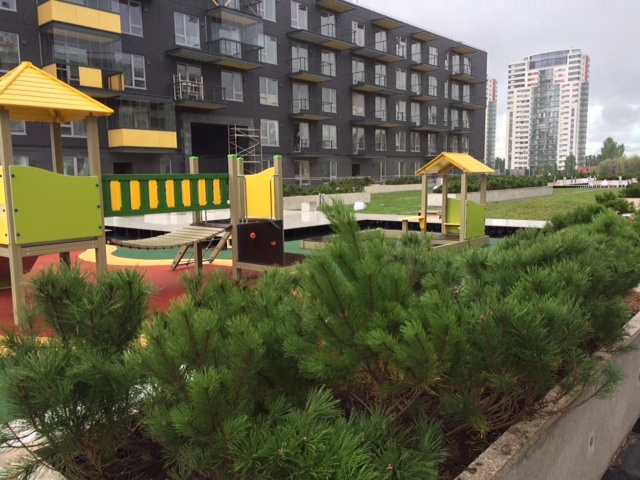
We have already been talking about the real performance of green roofs, in terms of improved energy efficiency, better storm-water management, lower heat-island effects and
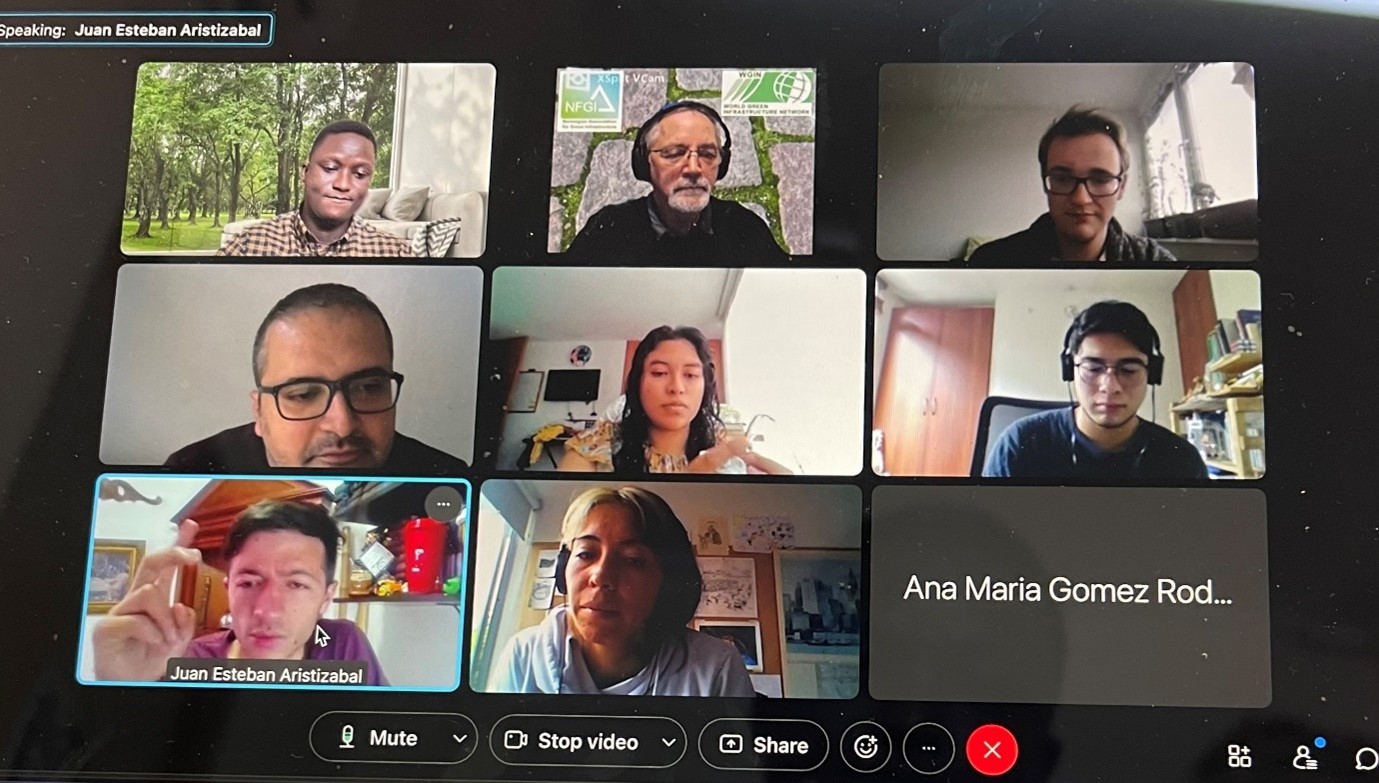
World Green Infrastructure Network’s Chapter for Emerging Professionals (C.E.P) is Launched! View page here. The World Green Infrastructure Network (WGIN) has formally launched the Chapter
Follow us on the channel that best suits you to receive our latest updates!
Join us. Get member benefits. Promote your company, projects, products and services.